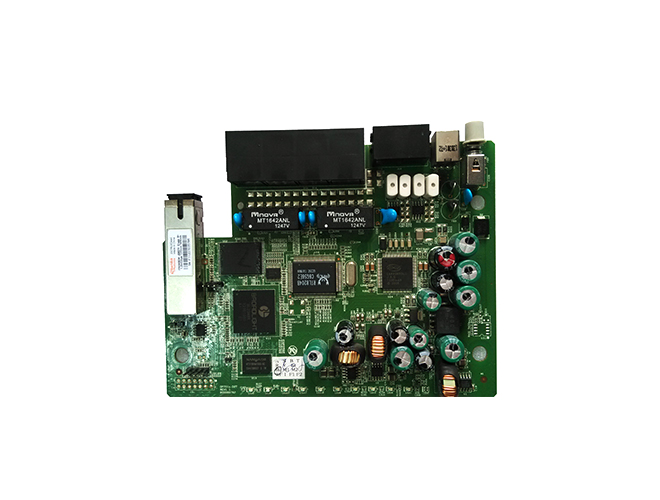-
CN
-
Service Hotline
+8618129931046 Mr. Liao


Time:2025-05-06 Views:1

Medical electronic PCBA (Printed Circuit Board Assembly) products are subject to some of the strictest requirements in the manufacturing industry due to the critical nature of their applications. These requirements cover multiple aspects, including quality management, safety, and performance.
Quality management standards are highly emphasized. ISO 13485 is one of the most important quality management system standards for medical devices. It is more in - depth than general quality standards like ISO 9000 series in specifying quality and reliability requirements for medical products. Under ISO 13485, PCB contract manufacturers need to have a comprehensive documentation process in place to track all components and materials used in PCB manufacturing. This is essential for recall procedures in case of any issues with components or materials. All phases of manufacturing should have clearly documented quality control processes to ensure compliance with medical industry regulations. Risk management and design control are also crucial. Processes must be established to identify and avoid potential problems that could impact manufacturing. For example, a review of the bill of materials (BOM) should be conducted to detect and replace components that may become obsolete during the product's life cycle.
Safety is of paramount importance in medical electronic PCBA. The products must comply with regulations set by regulatory bodies such as the United States Food and Drug Administration (FDA). The FDA's 21 CFR 820 quality system regulation for manufacturing and quality control process validation applies to medical PCBs. Additionally, the PCBAs need to meet Underwriter's Laboratories (UL) standards. UL tests medical devices for various safety aspects, including patient care, reliability of results, product safety, information access, and data security. For example, UL 1069 outlines the standard for hospital signaling and nurse call equipment, while UL 2560 defines emergency call systems for assisted and independent living facilities.
In terms of performance, medical PCBA products need to be highly reliable and accurate. The PCB design should ensure proper functionality in a variety of medical applications, from diagnostic equipment to life - support systems. The choice of materials is critical, considering factors such as operating temperature, compatibility with high - speed and medium - speed signals, and compliance with regulations like RoHS. Surface - mount components are often preferred over through - hole parts for medical PCBs as they require less space and simplify the fabrication and assembly process. The PCBA should also facilitate testing, debugging, and modifications. Sufficient and accessible test points on power lines, clock signals, and control signals should be provided to ensure a smooth testing procedure.